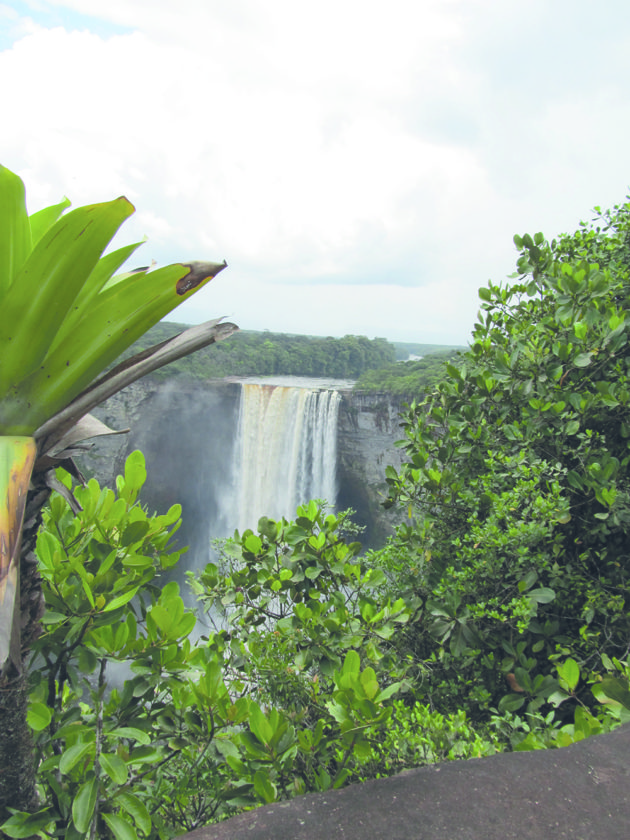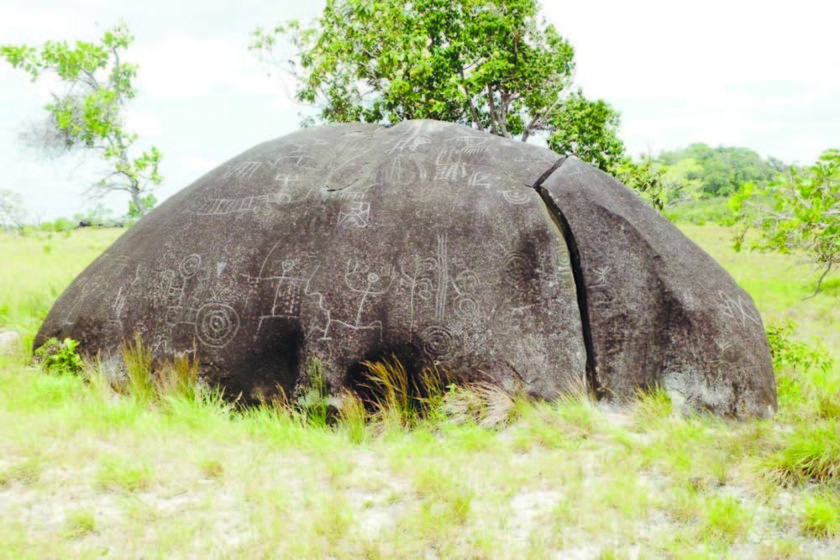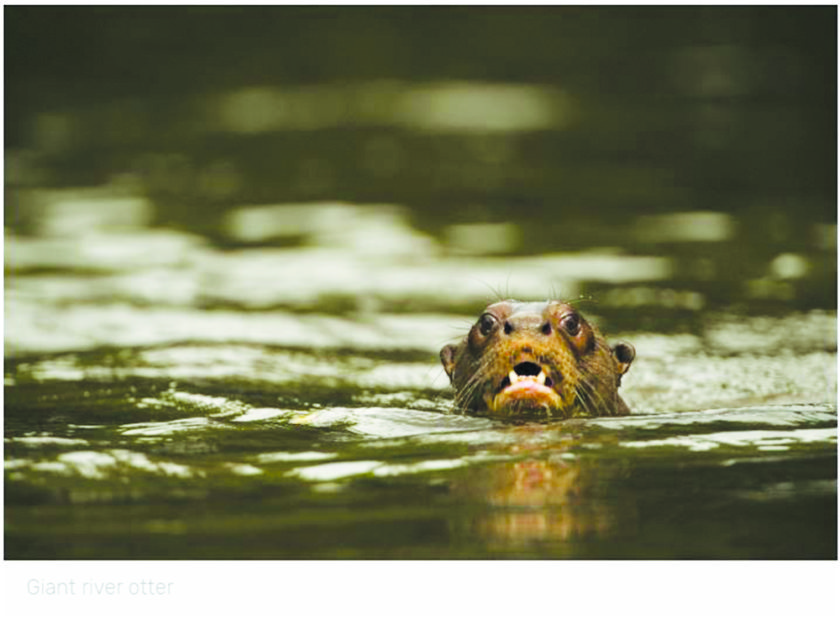Karaudarnau, Deep South Rupununi is cowboy country. Over 1000 persons, mainly Wapishana Amerindians reside in the community along the banks of the winding Rupununi River. In English, the name means Snake Hill. The community is located in the Deep South Rupununi, Region Nine , close to Aishalton.  In addition to many friendly residents, the village has several schools and churches, a health post, several shops, a rice mill and a peanut butter factory. During the day, most of the villagers are at work; farming is the primary activity in the village. However, at the day’s end and on weekends, the streets come to life.
In addition to many friendly residents, the village has several schools and churches, a health post, several shops, a rice mill and a peanut butter factory. During the day, most of the villagers are at work; farming is the primary activity in the village. However, at the day’s end and on weekends, the streets come to life.
Karaudarnau, Sawariwau and Mururanau are the three Wapichan communities in Region 9 that have embarked on a pilot programme to develop quality bilingual education for primary school children, with the aim of adequately responding to the needs of the indigenous children as well as passing on wisdom and traditions of their culture.
 Indigenous peoples have been part of the Rupununi landscape for millennia. Anthropologists have discovered Paleo-Indian petroglyphs, dated to be several thousands of years old along the course of the Rupununi River. Before the colonization of Guyana and the Rupununi region, the Makushi Amerindians, Wai-Wai and the Wapishana all inhabited the area. The Makushi migrated from what is now known as modern Brazil and Venezuela, to the northern areas of the Rupununi River, over four-hundred years ago. The Makushi Amerindians continue to live in the Rio Branco savannahs and northern Rupununi, surviving off of the abundance of fish, wildlife and forest resources of the area.
Indigenous peoples have been part of the Rupununi landscape for millennia. Anthropologists have discovered Paleo-Indian petroglyphs, dated to be several thousands of years old along the course of the Rupununi River. Before the colonization of Guyana and the Rupununi region, the Makushi Amerindians, Wai-Wai and the Wapishana all inhabited the area. The Makushi migrated from what is now known as modern Brazil and Venezuela, to the northern areas of the Rupununi River, over four-hundred years ago. The Makushi Amerindians continue to live in the Rio Branco savannahs and northern Rupununi, surviving off of the abundance of fish, wildlife and forest resources of the area.
The Rupununi River, also known by the local indigenous peoples as Raponani, flows through the Rupununi region. The name Rupununi originates from the word rapon in Makushi (a dialect of one of the communities), which is a black-bellied whistling duck (Dendrocygna autumnalis) found along the river. (Photos by Girendra Persaud ) 



